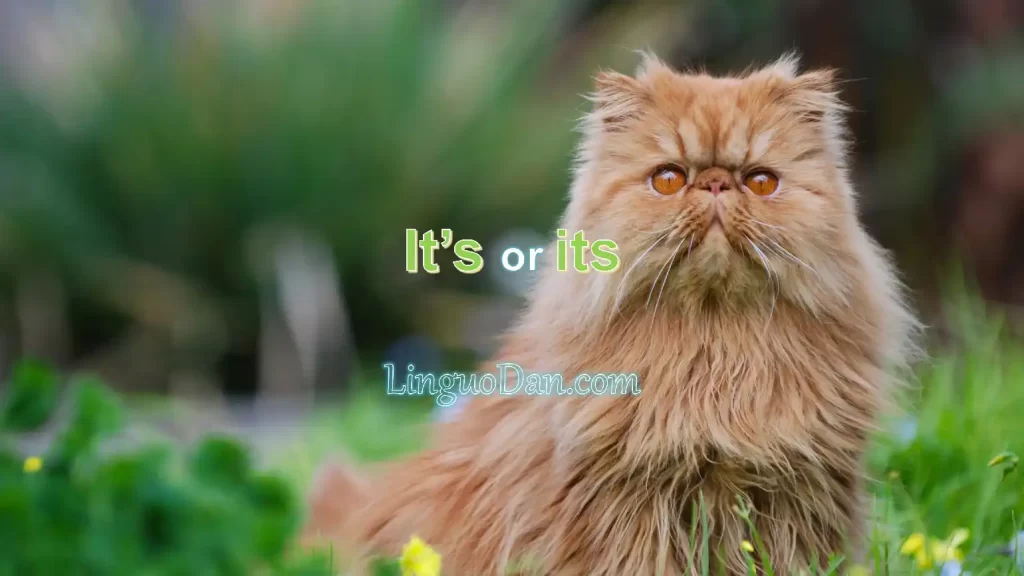Difference Between “It’s” and “Its” in English

When learning English, a mistake is often made when choosing “it’s” or “its”. Both words sound the same but have different meanings and applications. Confusion between “it’s” and “its” often arises because in English apostrophes are used both to indicate possession and to form abbreviations. It should be remembered that “it’s” is short for “it is” and “its” is a possessive pronoun. In this article, we will look at the rules for using these two words so that you can use them correctly in your writing.
“It’s” – The Contraction
“It’s” is a contraction of “it is” or “it has.” An apostrophe is used to indicate that letters have been omitted. Here are some examples:
- Correct: It’s (it is) important to learn English for professional growth.
- Correct: It’s (it has) been a pleasure learning new vocabulary.
Remember, “it’s” is never used to show possession.
“Its” – The Possessive Pronoun
“Its” is a possessive pronoun, used to signify ownership or belonging. When you want to indicate that something belongs to or is a part of something else, and that something is not human, you would use “its.” No apostrophe is needed for possession. Here’s “its” in action:
- Correct: The cat licked its paw.
- Correct: The company celebrated its 10th anniversary.
Unlike ‘it’s,’ “its” indicates ownership and is always used without an apostrophe.
An easy way to remember the difference between It’s and its
If you’re unsure about whether to use “it’s” or “its,” try expanding “it’s” to “it is” or “it has.” If the sentence still makes sense, then “it’s” with an apostrophe is correct. If it doesn’t, then you should use “its” without an apostrophe.
For example:
- It’s/Its been a while since we spoke.
- It has been a while since we spoke. (This makes sense, so “It’s” is correct.)
On the contrary:
- The computer lost it’s/its data.
- The computer lost it is data. (This doesn’t make sense, so “Its” is correct.)
Understanding the difference between “it’s” and “its” may take some practice. Further complicating matters is that the rule with “’s” meaning possession or belonging does not apply to “its”, which can be confusing. The most important thing to remember is the different roles each word plays in a sentence: “it’s” as a shortened form of “it is” or “it has” and “its” as a possessive pronoun. Over time, their use will become easier. Keep practicing and you’ll soon be making quick choices between them.